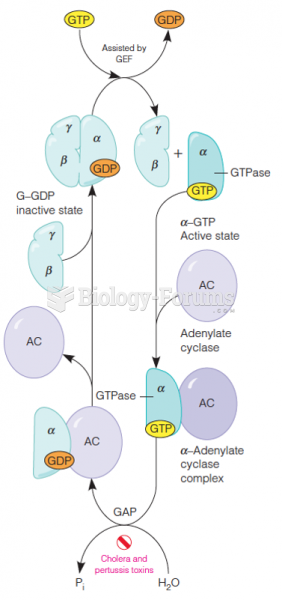|
|
|
Computer programs are available that crosscheck a new drug's possible trade name with all other trade names currently available. These programs detect dangerous similarities between names and alert the manufacturer of the drug.
Historic treatments for rheumatoid arthritis have included gold salts, acupuncture, a diet consisting of apples or rhubarb, nutmeg, nettles, bee venom, bracelets made of copper, prayer, rest, tooth extractions, fasting, honey, vitamins, insulin, snow collected on Christmas, magnets, and electric convulsion therapy.
On average, someone in the United States has a stroke about every 40 seconds. This is about 795,000 people per year.
Your heart beats over 36 million times a year.
Many of the drugs used by neuroscientists are derived from toxic plants and venomous animals (such as snakes, spiders, snails, and puffer fish).
 When using forearm pressure on the top of the shoulder, push with your back foot to increase your ...
When using forearm pressure on the top of the shoulder, push with your back foot to increase your ...
 Homeless people sleeping on the streets is a common sight in India’s cities. I took this photo in ...
Homeless people sleeping on the streets is a common sight in India’s cities. I took this photo in ...





